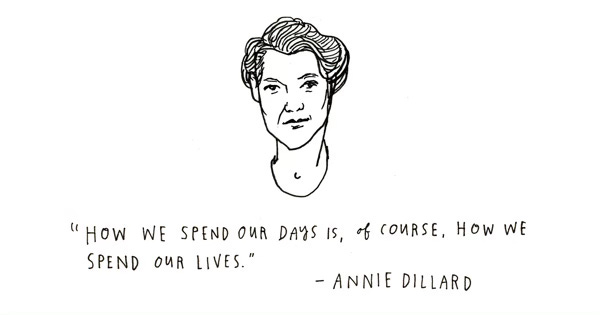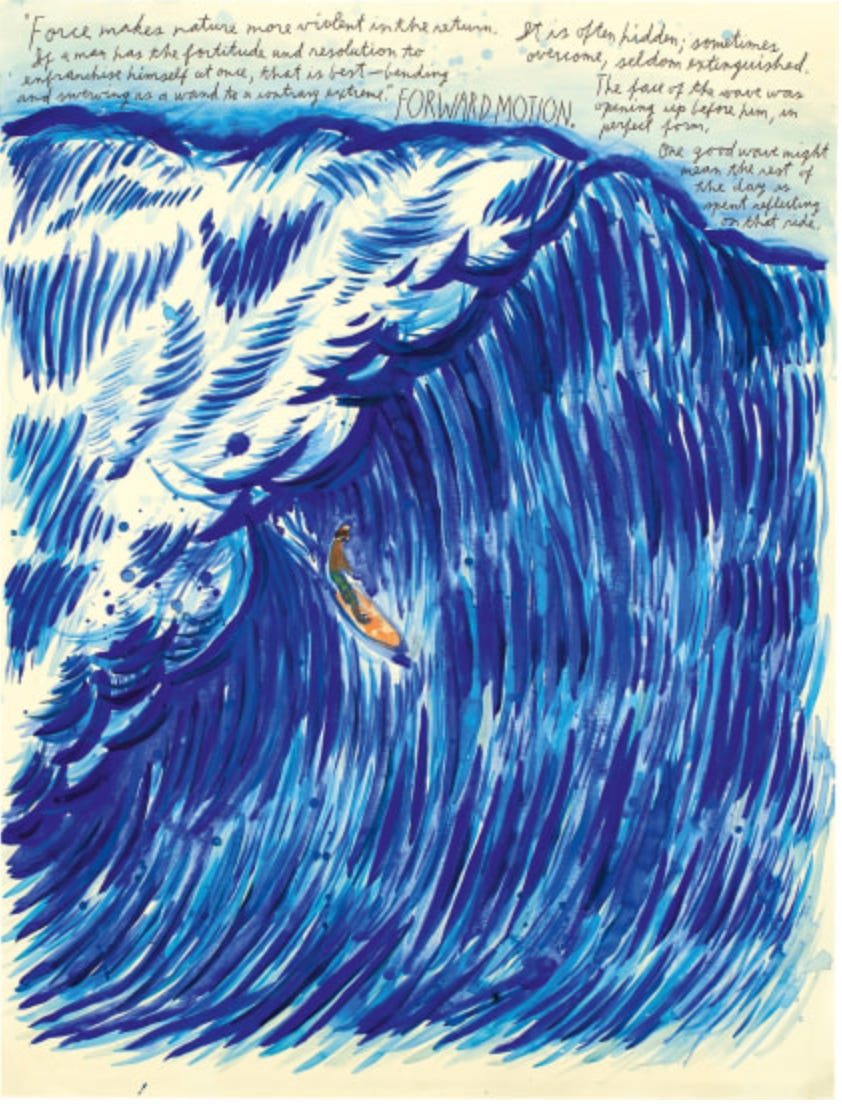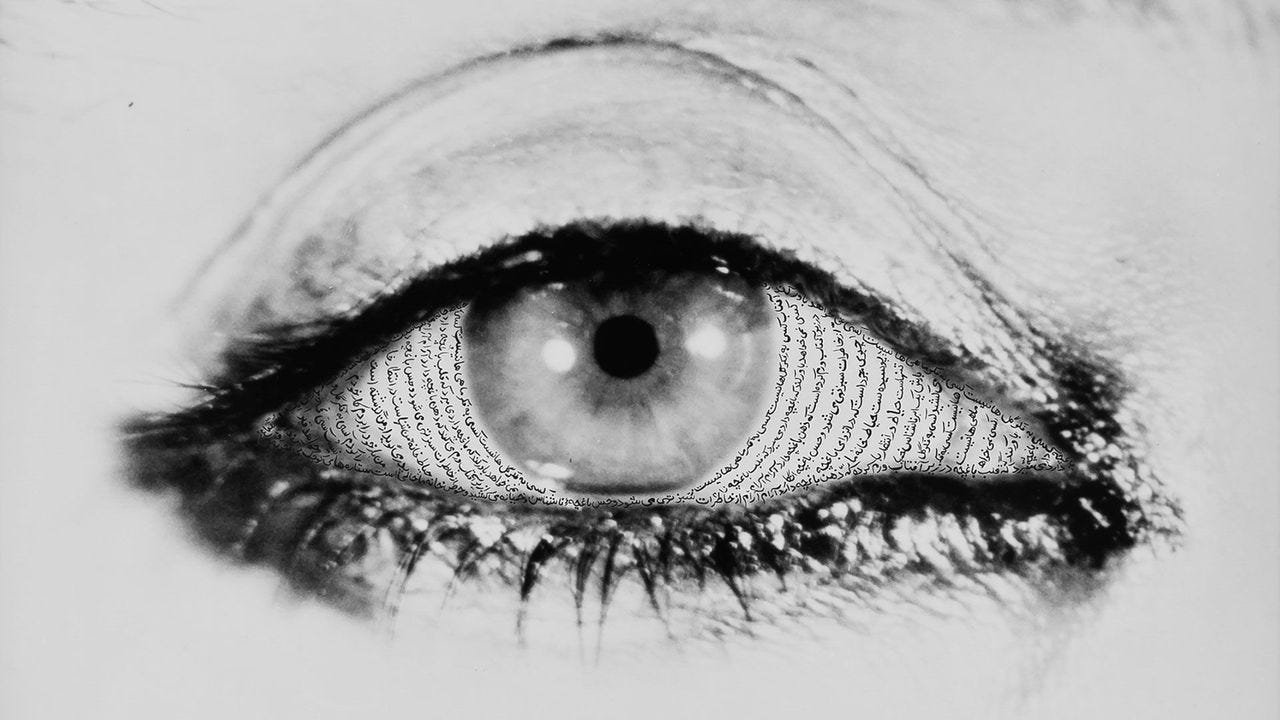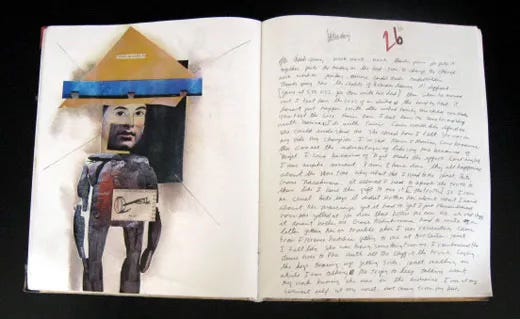Hello my creative, committed, and exceptionally good-looking GUT family,
Can you believe we are on Day 28? What a month. What a time.
So many ground-shifting things are happening right now. Our attention, as we anticipated, is in high demand. But you have been practicing choosing where to put it. You have built up some serious SEEing muscles. Friends, mama bear the hell out of your attention. It is the most precious resource you have. Take breaks from the screen! REST. But do not tune out. Instead, balance out. Balance your input with output. Balance screen time with nature and creativity time. Let’s make sure we carve out at least ten mintues a day to slow down, to focus on our senses, feel our feelings, and use our hands to move them onto paper. It will fortify us. We will keep connecting and sharing our drawing in the DrawTogether Chat. That will boost our moods and resilience and resolve. It will help us stay connected to each other. And ourselves. And the world.
And with that, I offer you one of our final lessons and assignments of the 30-Days that feels helpful for this moment in time. I didn’t want this time together to go by without giving you a little dip into one of the most useful daily practices I know: drawn journaling (not drawn journalism - that is something else!) This is a person practice of using text and writing to record and make sense of our lives. Basically, keeping a sketchbook diary, just for you.
Drawn Journaling
What does drawn journaling even mean? It’s different for everyone. To me, drawn journaling is the practice of combining images and words (usually) that records observations or thoughts or feelings or something about your daily life (usually) that you make for yourself (usually.) It does not have to be about you, however. You could make an entry about a person you met that day. Or something happening elsewhere in the world. Or a fun fact you learned. Or the daily happenings of animals inside your home. Or the neighbor you helped out or who helped you. The stuff of a day = the stuff of a life. All that matters is that the words and images come from your hands, mind, and heart.
This is what a lot of people call a “visual sketchbook practice.” And - spoiler alert - you’ve been doing it the whole time.
Gotcha. 😘
Let’s look at a few examples for inspiration. I’m only showing you one example of an artist who actually practices drawn journaling as an art form. The rest of the artists below incorporate text and drawing to tell a visual story that I hope encourage you to experiment and be BOLD with your own drawing and writing. I’m also going to include a couple of links to books on drawn journaling at the end. :)
Maira Kalman
Let’s start with a revisit of the GUT’s first visiting artist, Maira Kalman. (We bow). As you can tell from the number of times i’ve referenced her here, she’s a huge inspiration for me and so many of us, in both life and art. This is the opening spread in her book Principles of Uncertainty.
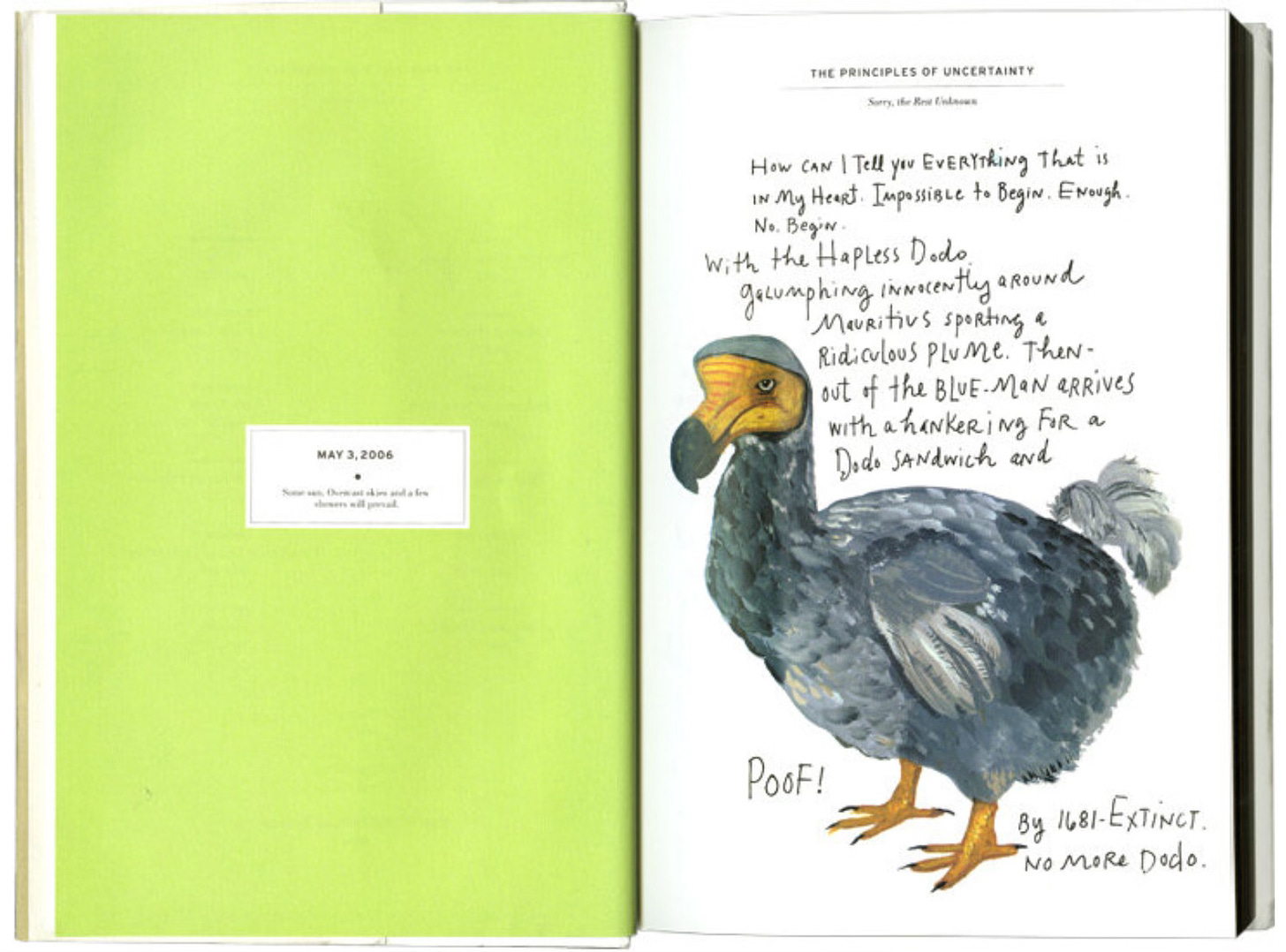
Oof. Couldn’t love it more.
The visual stories in Principles of Uncertainty originally ran as a monthly series in the NYT magazine 17 years ago. Maira uses gouache painting and hand-lettered text to weave memoir, non-fiction, and her own love and curiosity together into a story that only Maira can make.
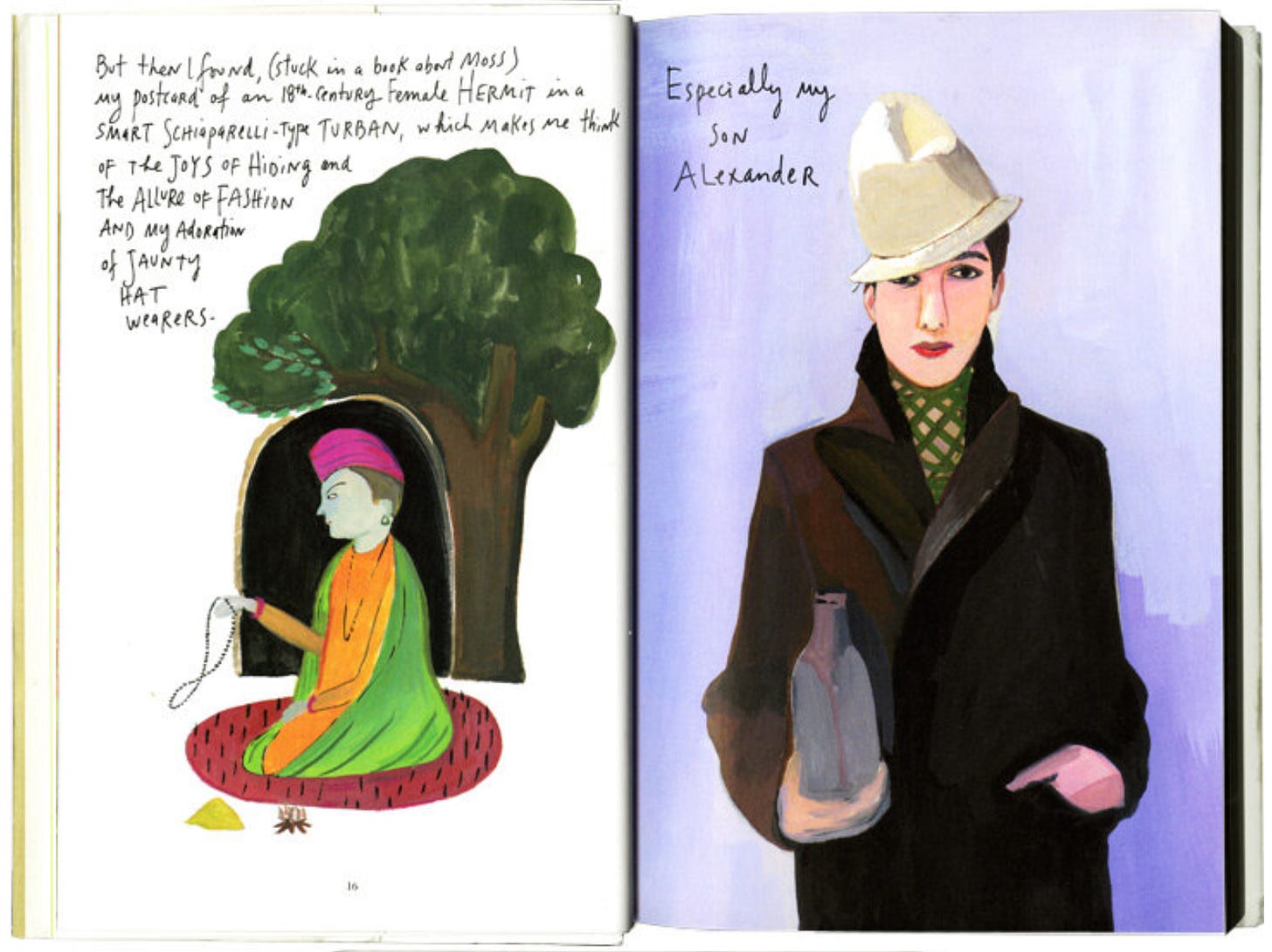
In Maira’s work, the text and image are often directly related - more typical of illustration. She weaves personal, political, historical, and literary ideas together in her work. Even when she isn’t talking about herself, her take is so idiosyncratic it’s always a little autobiographical.
While Maira’s form is similar to artist Raymond Pettibon’s work, wow, their content sure is different.
Raymond Pettibon
The text and image in Raymond’s ink drawings rarely directly relate. He leaves it up to the viewer to create the connection. But if you approach his drawings with an open mind, the sum always ends up greater than the parts.
Raymond incorporates handwritten text into his drawings and paintings, almost always made on paper. Like Maira, the text is often politically or socially charged or in conversation with literature and criticism, but his tone is very different from Maira’s, and far more open-ended.
Lauren Redness
Another artist and writer who uses image and text to tell a story is Lauren Redness. Lauren creates mostly book-length non-fiction stories that use text almost like concrete poetry. Her composition becomes part of the narrative, and it always informs a larger idea or feeling.
The following are images from her phenomenal book “Radioactive.”
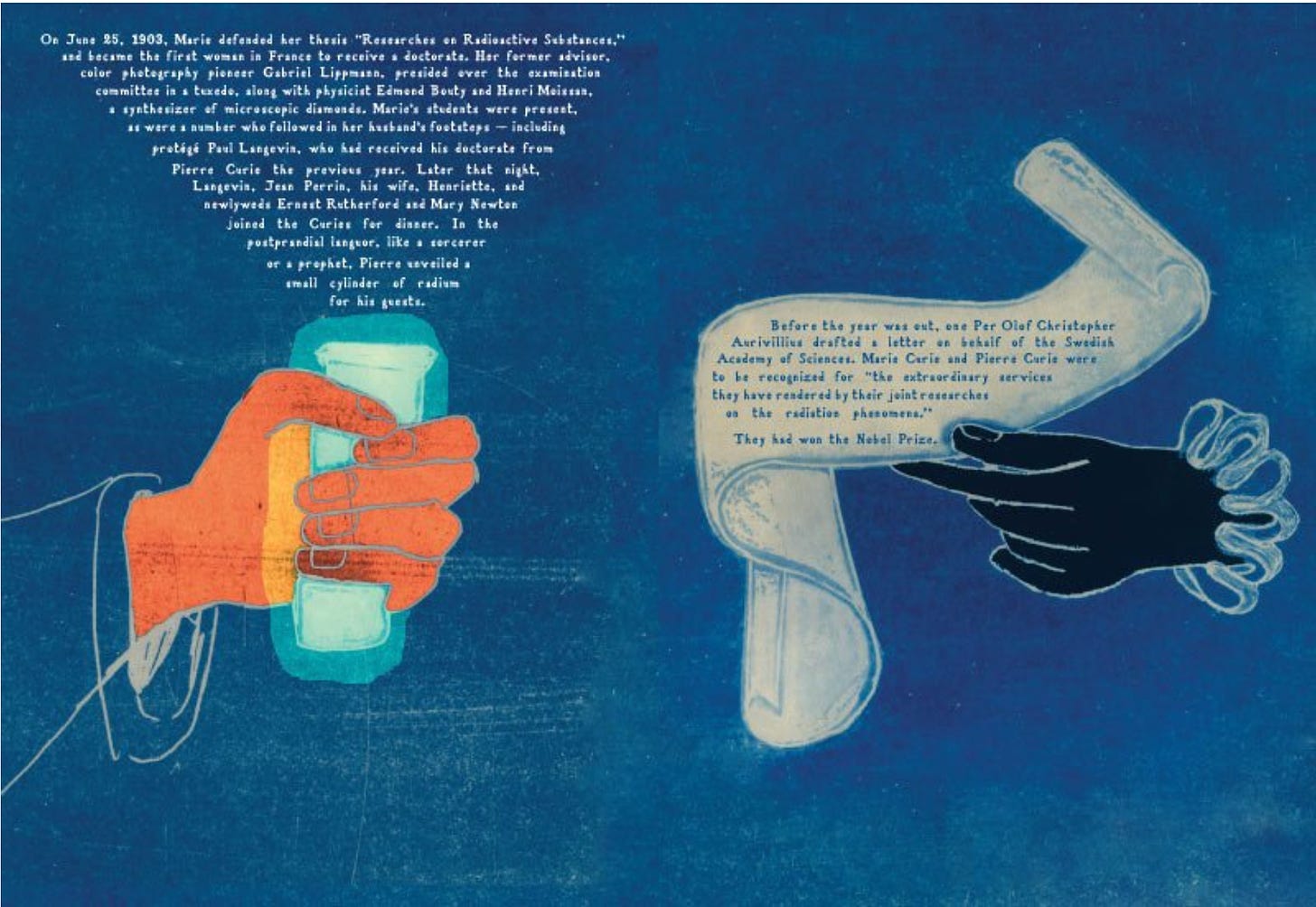
The book tells the story of Marie Curie, and was created using cyanotype, a printing process related to the development of x-rays and radioactivity, the subject of the book. Super clever, Ms. Redness.
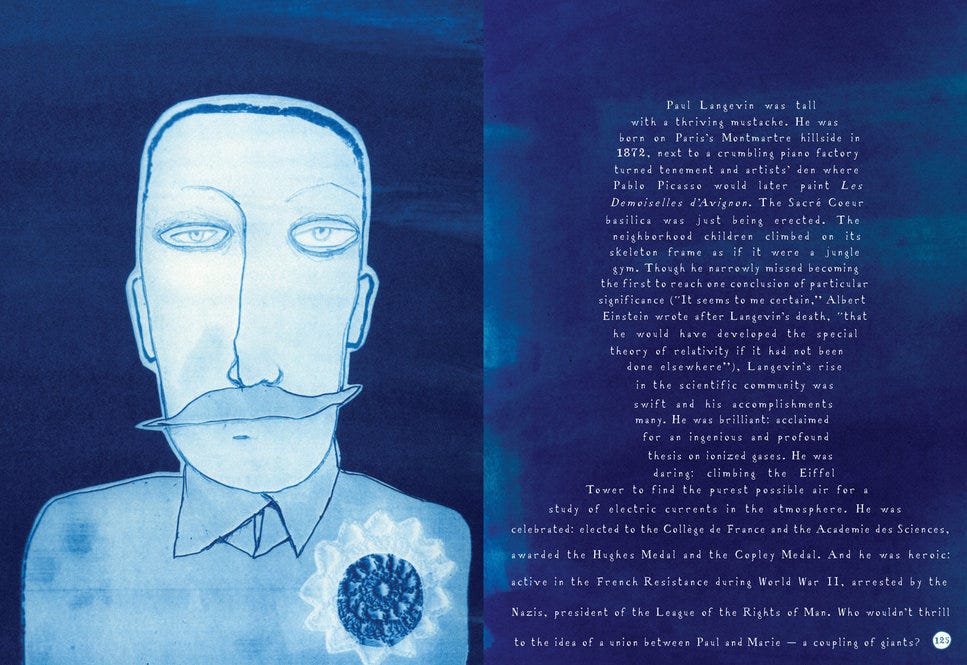
Shirin Neshat
Shirin Neshat is an Iranian artist who combines photography and Farsi calligraphy to comment on feminism, religion and violence. Neshat says, “Everything I’ve done is a celebration of the power of women. The Western world sometimes views Iranian women as victims, and while they’ve been continuously oppressed by religion and difficult political situations, they’ve always fought back. They’ve always broken rules.” By using text and image together in this powerful way, Neshat writes her own story, and plays by her own rules in the art world.
A strong female gaze.
Janice Lowry
Finally, let’s look at the drawn journals of Janice Lowry.
Inspired by reading The Diary of Anne Frank when she was 11, Janice began keeping a journal and never stopped until she died in 2009. She was 63. She started using small blank books and later moved on to bigger journals, filling them with drawings, collage, and writing. Each notebook took her about 4 months to fill.
In an interview Lowry said, “There are certain themes that run through the journals consistently—health, motherhood, political things, being an artist, even fashion and television. Originally, I saw them as books for my sons, so they could see my progress through life. Now there are 126 chapters of a memoir."
The notebooks were eventually all acquired by the Smithsonian Institution’s Archives of American Art.
There is the whole world of books on drawn journaling and illustrated diaries. A couple of my faves include Draw Your Day from the wonderful
(give her substack a follow!) and Everyday Matters from Danny Gregory. All are great sparks to get you going on your own path of daily looking, drawing (and loving.) There are so many more folks practicing this, so if you have suggestions of artists you’d like to share, please do so in the comments below!Alright, grab your supplies, and let’s do this.





